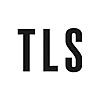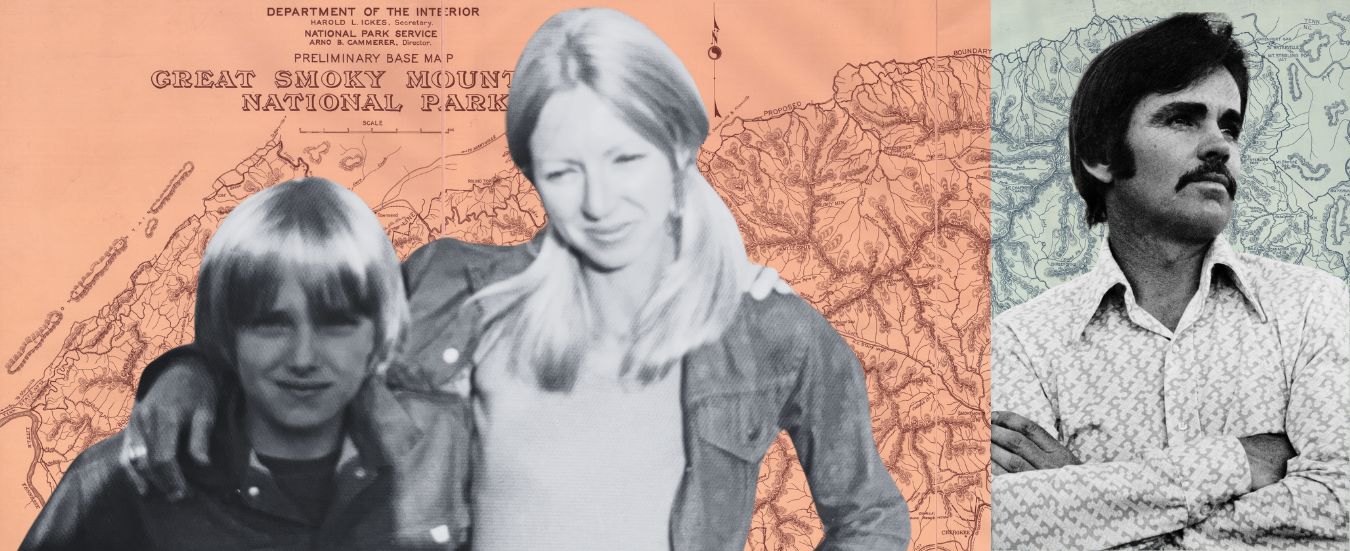Drawing together twenty-five writers, largely novelists, but also essayists, scholars and a couple of clinical practitioners, Andrew Blauner has evidently encouraged his contributors to interpret their brief, to “analyze Sigmund Freud”, as freely as they wish. Coming at Freud from their authors’ personal, intellectual and imaginative perspectives, the chapters are therefore quite distinct from one another, making it difficult at times to discern in what sense they belong together. On the other hand, since freedom of response is inevitably constrained by established positions, many contributors end up rehearsing the same arguments and opinions.
Making an explicit virtue of the non-specialist stance, the American essayist Phillip Lopate’s “Freud the Essayist”, the penultimate contribution to the collection and one of the strongest, begins by pointing to the ways in which Freud, almost uniquely among major modern thinkers, circulates in educated discussion not so much through informed analysis as through the lazy “cocktail party consensus” of “people who have never read even a page of him”. Lopate reads Freud as an essayist in the tradition of Montaigne, not the architect of a finished system of thought, taking pleasure in the “aphoristic sublimity” of his writing rather than “total agreement” with his every idea.
This essay makes a nice companion piece to the next and final one, “Freud Now?” by Siri Hustvedt, which similarly begins by noting how “countless people”, including “psychiatrists, psychologists, and scientists”, declare Freud’s ideas “pseudoscience” despite never having read him. Where Lopate emphasizes the “unindoctrinated thinking” of Freud the writer, Hustvedt is more interested in the complexity of Freud’s conceptions of the mind and biological development. He insisted on the overdetermination, or multiple causalities, of psychic phenomena and on the irreducibility of the mind to the brain. The zeal to impose metric certainty on the mind, “to quantify what resists quantification”, Hustvedt writes in a sharp formulation, “is a form of ‘physics envy’”, a vain wish to win for psychology the “‘hard’ precision and predictive power” of a mathematically grounded science.
These two essays read like an inadvertent critique of many of those that precede them, in particular André Aciman’s “Against Interpretation”, about Freudian dream hermeneutics. Aciman organizes his essay around an extravagantly extended metaphor, the breaking of the German Enigma code, which he compares to Freud’s decipherment of dreams. He argues that where the Bletchley Park codebreakers had to reckon with “constantly evolving … German code, constantly adding rotors to its Enigma machine”, Freud assumed that the encryptions of dream language were fixed in place, passively awaiting their own decryption. Freud, claims Aciman, failed to reckon, as Turing did, with the ways in which a code can resist its own decipherment; dreams “are continuously resisting our probes and continuously throwing us off”.
The problem is that, for all its artfulness, Aciman’s argument is simply wrong, apparently confusing Freud with Carl Jung. Explicitly rejecting the idea of a universal dream code, The Interpretation of Dreams is precisely about the intricate weave of ruses and false trails spun by the dreaming mind to evade detection of its most inadmissible wishes. Lopate’s and Hustvedt’s observation that so many of Freud’s critics don’t read him haunts this essay, which provides not a single reference to the book it critiques. Aciman uses the term “subconscious”, despite Freud’s express rejection of the term as distorting the nature of unconscious phenomena (which cannot be localized and so by definition are not “sub”).
The point of inviting imaginative writers to speak to Freud is surely to draw the kinds of surprising, oblique-angled insights that tend to elude specialist scholars, not overarching arguments and interpretations. The finest example of this here is Rivka Galchen’s moving essay, “Freud’s Dogs”, which explores the place in Freud’s inner life of his German shepherd, Wolf, then of generations of chows, one of which is said to have “wagged its tail when a patient had an insight” and to have risen at the end of sessions. Galchen poignantly concludes that the dogs in Freud’s life represented a kind of eloquence of the nonverbal in a theory and practice “overwhelmingly based in language”.
Daphne Merkin takes a similarly perpendicular approach in “Searching for Martha Freud”. She wonders about the “odd gap” Martha occupies in the Freudian story. Is the dedicated homemaker, whose religious beliefs Freud impatiently dismissed, “a patriarchal glitch in and among the hermetic, all-consuming narrative of male genius” or was her absence more a matter of tacit collusion, a willingness to be sidelined “to ensure a peaceful home life from which Freud could venture out with his unconventional, often alarming theories”?
With contributions from so many interesting writers, including Colm Tóibín, Sherry Turkle, Rick Moody, Adam Gopnik, Susie Boyt and Susie Orbach, there is much here to intrigue and provoke, though I find myself wondering if the contributors wouldn’t haven’t been better served by a more directive editorial line than merely to “analyse” some aspect of Freud’s life and work. The best essays come from those writers who seem intuitively to sense what it is they can bring to the reading of Freud as writers – as novelists and essayists interested in the telling details of a text or a life, rather than retreading the beaten tracks of the defenders and detractors.
Josh Cohen’s books include How to Read Freud, 2005
The post Finding their Freud appeared first on TLS.

 By Times Literary Supplement | Created at 2024-11-14 02:17:55 | Updated at 2024-11-21 18:22:35
1 week ago
By Times Literary Supplement | Created at 2024-11-14 02:17:55 | Updated at 2024-11-21 18:22:35
1 week ago








